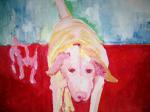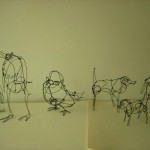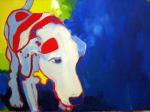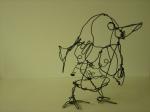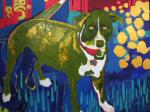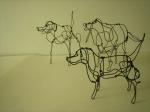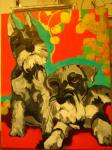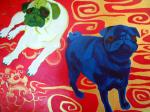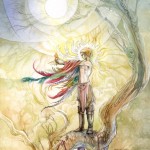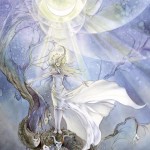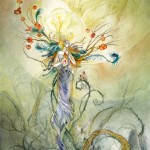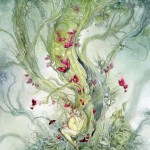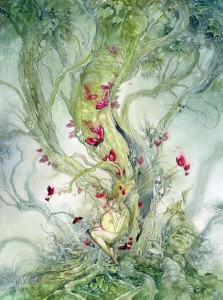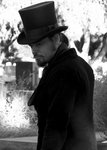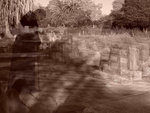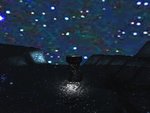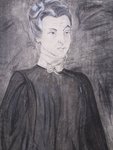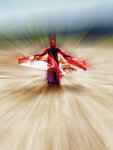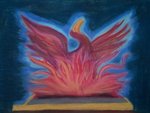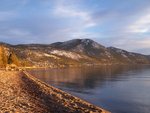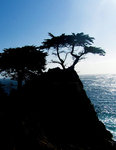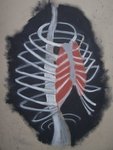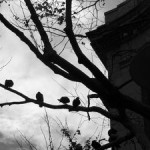Augusta Lee Collins
Singer/Songwriter/Videographer
Augusta may be reached here:
augustaleecollins.blogspot.com
He’s performing this Friday July 3rd and the 17th at It’s a Grind coffeehouse in Oakland near the City Center BART, 5 to 7 pm. The 3rd features more of his original compositions.
(corner of 11th & Clay Streets)
555 12th Street Suite 105, Oakland, CA 94607
(510) 268-9902
Augusta Lee Collins has been creating and performing his original music at Café Valparaiso (La Pena Cultural Center) in Berkeley, California as well as dozens of other venues, in the bay area for three years with his partner fellow musician, Toney Thibodeaux.
Augusta is forever pushing his ideas musically and visually and creating new music. Augusta, hears, feels and visualizes his creative journey bringing a very unique blends of music all original music, written and performed by Augusta Lee Collins. Augusta is an artist consistently widening and extending his horizons.
Augusta Lee Collins is best known as a very talented drummer that was most prolific throughout the late 1960’s and into the middle 1980’s. Performing with legends like Lightnin’ Hopkins, Herbie Hancock, Abby Lincoln, Sun Ra, Bobby Hutcherson, Frankie Beverly and Maze, and the Pointer Sisters to name a few, Augusta showed an interest in all forms of music very early. Augusta has performed at the U.C. Berkeley Jazz Festival three times and the Monterey Jazz Festival as well as performing with the Oakland Symphony Orchestra – Harold Fiberman, conductor and musical director.
Augusta Lee Collins is currently producing and directing a DVD for his group, “Augusta Lee Collins & Toney Thibodeaux with M-PULSE”. Here, Augusta returns to his blues, country and folk roots.
Augusta Lee Collins (A.L. Collins) on Film, Albums, Videos, and CD’s
“A 1,000 Miles from Nowhere” (Albany, California: Agape Records 2004) Music/Producer A.L. Collins
“Life Force Jazz and Blues Compilation” (Oakland, California: Life Force Jazz Records 2003) recorded at Stanford University, Palo Alto, California 1974 Woody Shaw on trumpet with Augusta Lee Collins on drums. Jimmy Witherspoon and various artists can also be heard on this CD.
“The Love Nest” (San Francisco Film Institute, Judy Van Plank 2001) Music & Acting by A.L. Collins “Cold Ground” (Oakland, California: Agape Videos 1995) Produced/Director by A.L. Collins
With his creative approach and concept to documenting the plight of the homeless in his semi-documentary video, an original music view, “Cold Ground”, Augusta Lee Collins takes us inside their surreal world with his original camera work and music. We see the further evolution of these new instruments to his orchestra. -William Garrett (published Poet, November 1995)
“Polarization”, (Stuttgart, Germany ECM/Polydor 1977) with Julian Priester, A.L. Collins on drums
“Pyramids”, (San Francisco, California: Pyramid Records 1975) w/“The Pyramids”A.L. Collins/drums
“Seeking Other Beauty”, (Berkeley, California: Fantasy Records 1972) w/Todd Cochran, A.L.Collins/drums
“We put together songs and try out new songs and old songs (all originals) right there on stage just as we hear them (creating new music as we go). Many times creating sounds that are new to us. Having a place to create these sounds and music and perform these works, works for us. And, we enjoy it fully”, Augusta told a reporter for the Oakland Post News Group in a featured article about him and his music.: Augusta Lee Collins Local Recording Artist Blends Music with Life
© Augusta Lee Collins April 2006


